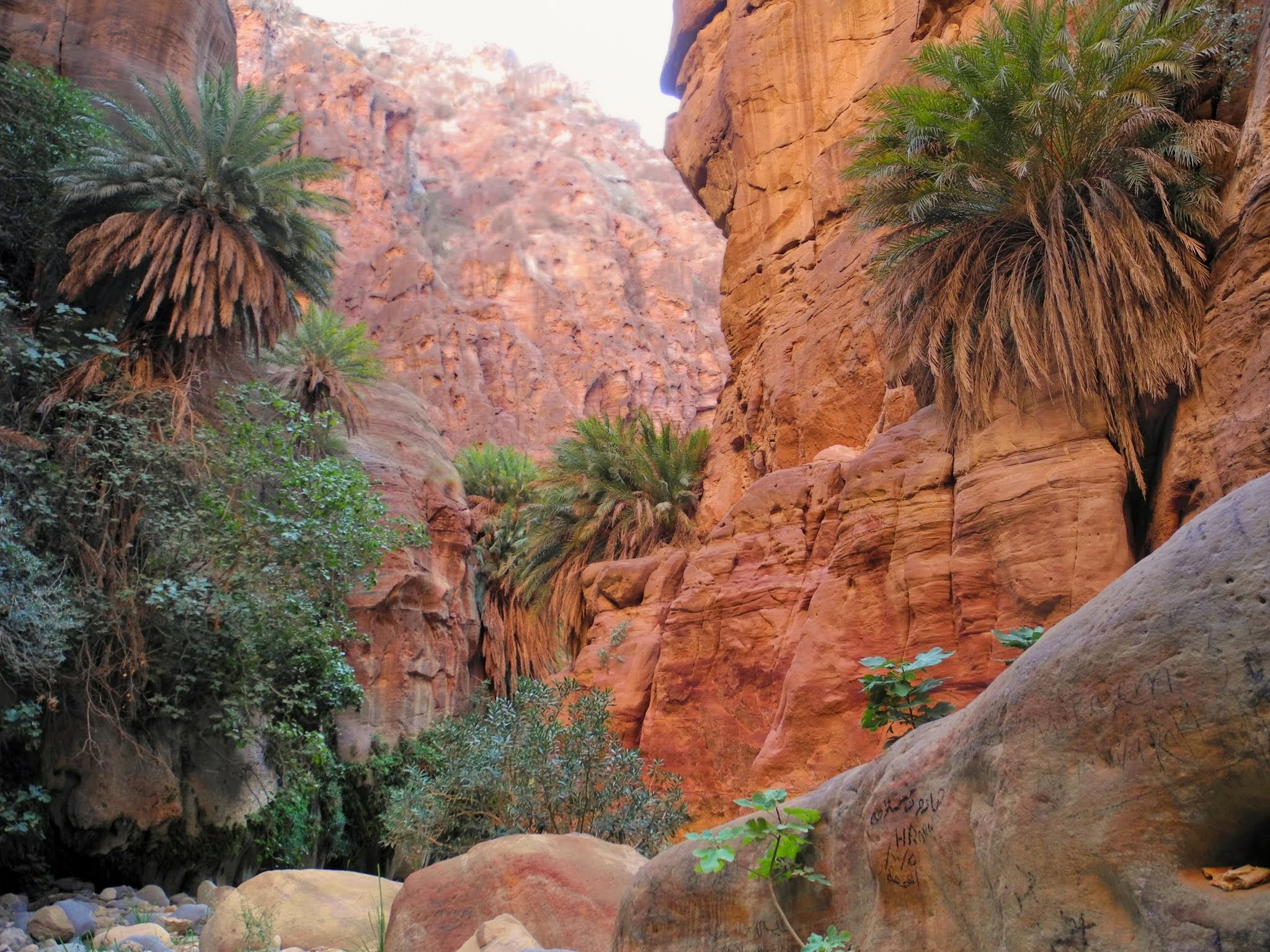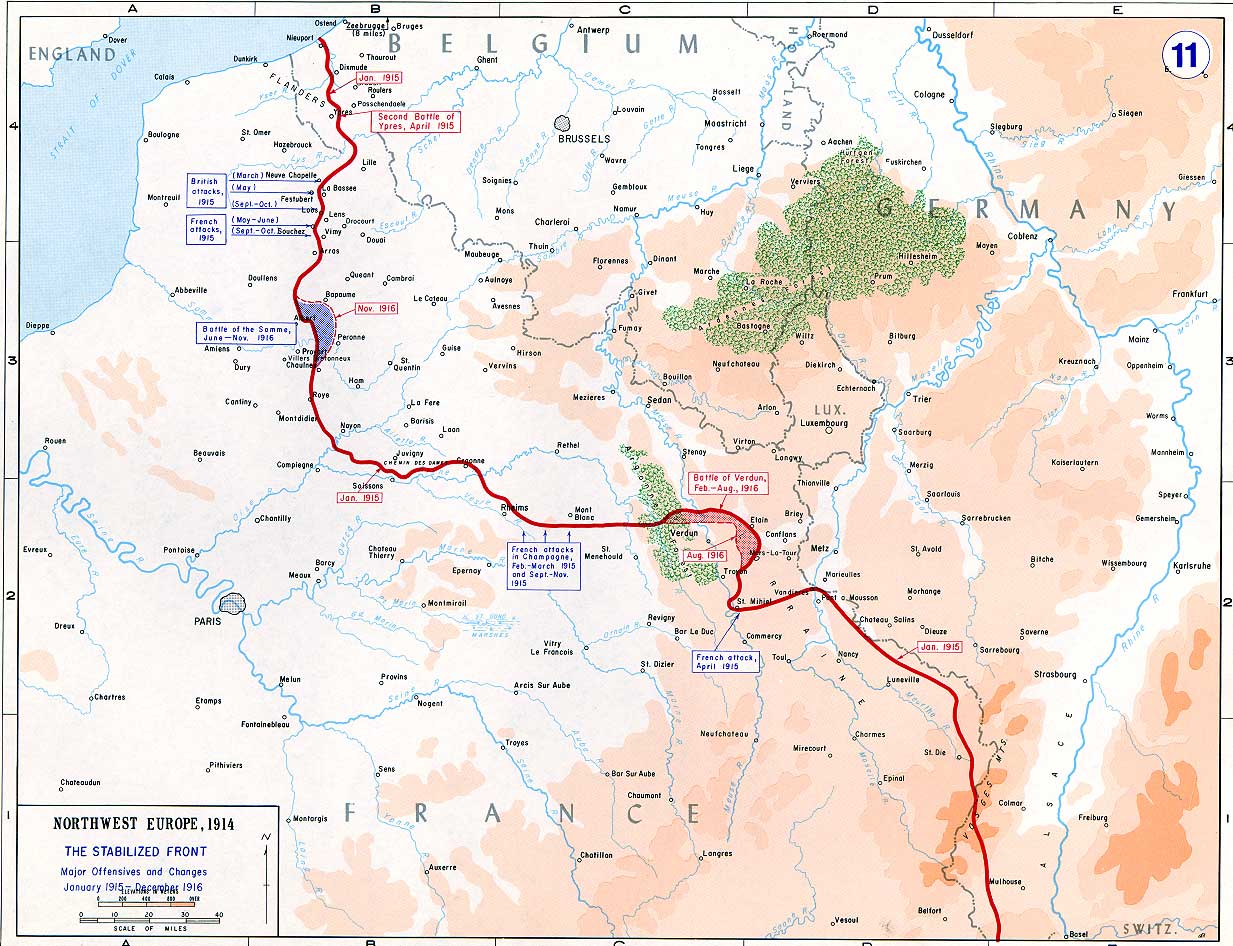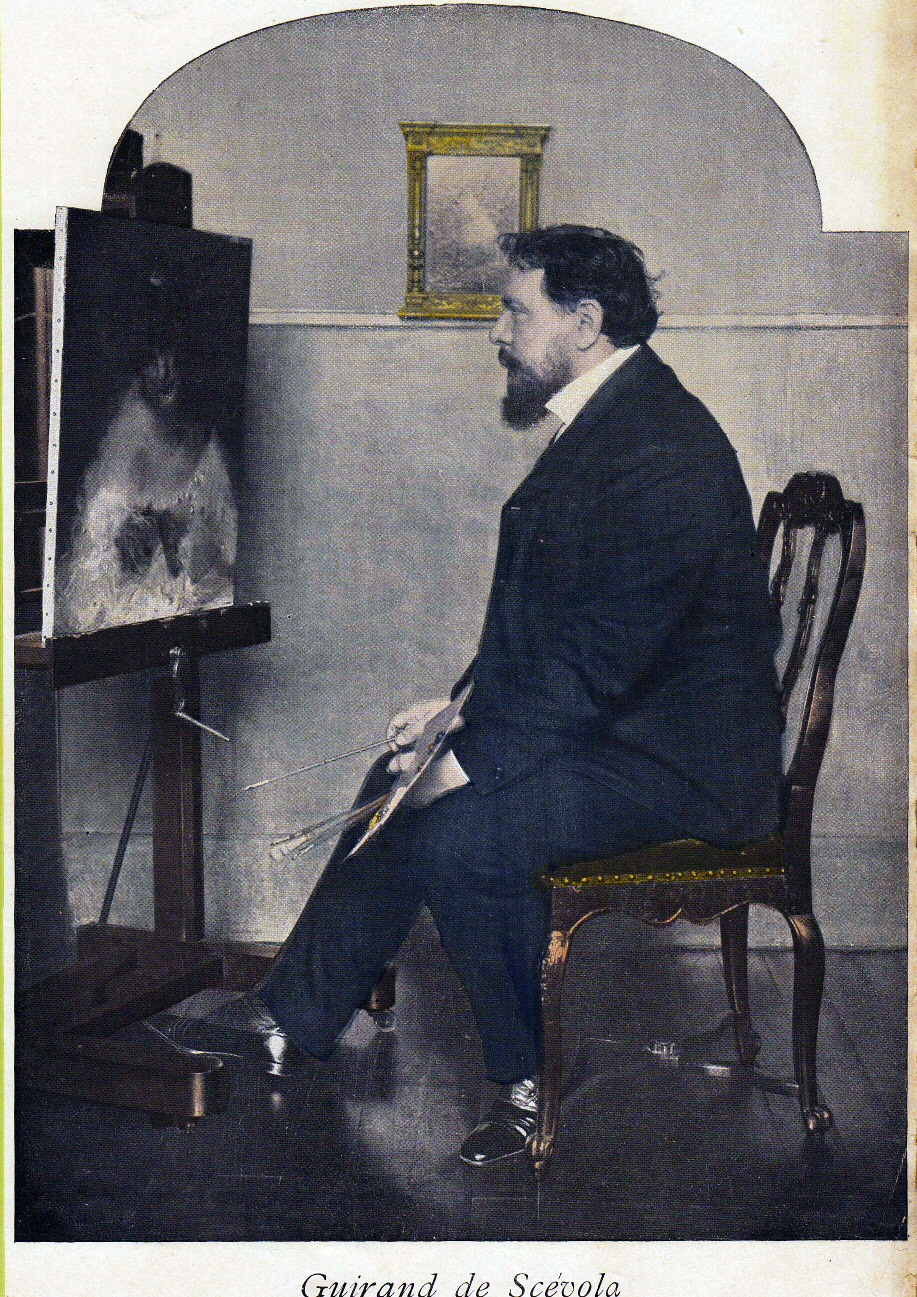|
Middle East Command Camouflage Directorate
The British Middle East Command Camouflage Directorate (also known as the Camouflage Unit or Camouflage Branch) organised major deception operations for Middle East Command in the Western Desert Campaign of the Second World War. It provided camouflage during the siege of Tobruk; a dummy railhead at Misheifa, and the largest of all, Operation Bertram, the army-scale deception for the decisive battle of El Alamein in October 1942. The successful deception was praised publicly by Winston Churchill. These operations contributed to victory by diverting enemy attention from real targets to dummy ones, wasting enemy ammunition, preserving vital resources such as the single water desalination plant at Tobruk, and deceiving the enemy as to allied strength and intentions. Operation Bertram may have been the last army-scale physical deception ever to take place, since subsequent major deceptions, including those for the D-Day landings in Normandy, have included or consisted of electronic ... [...More Info...] [...Related Items...] OR: [Wikipedia] [Google] [Baidu] |
Crusader Tank
Crusader, in full "Tank, Cruiser Mk VI, Crusader", also known by its General Staff number A.15, was one of the primary British cruiser tanks during the early part of the Second World War. Over 5,000 tanks were manufactured and they made important contributions to the British victories during the North African campaign. The Crusader tank would not see active service beyond Africa, but the chassis of the tank was modified to create anti-aircraft, fire support, observation, communication, bulldozer and recovery vehicle variants. The first Crusader Mark I tanks entered service in 1941, and, though manoeuvrable, it was relatively lightly armoured and under-armed. The following Crusader Mark II had a maximum armour of . The main armament for the Crusader Mark I and II's was a 40 mm Ordnance QF 2-pounder gun; the following Crusader Mark III was fitted with a 57 mm Ordnance QF 6-pounder gun at the expense of one member of the crew in the turret. This variant was more th ... [...More Info...] [...Related Items...] OR: [Wikipedia] [Google] [Baidu] |
D-Day
The Normandy landings were the landing operations and associated airborne operations on Tuesday, 6 June 1944 of the Allied invasion of Normandy in Operation Overlord during World War II. Codenamed Operation Neptune and often referred to as D-Day, it was the largest seaborne invasion in history. The operation began the liberation of France (and later western Europe) and laid the foundations of the Allied victory on the Western Front. Planning for the operation began in 1943. In the months leading up to the invasion, the Allies conducted a substantial military deception, codenamed Operation Bodyguard, to mislead the Germans as to the date and location of the main Allied landings. The weather on D-Day was far from ideal, and the operation had to be delayed 24 hours; a further postponement would have meant a delay of at least two weeks, as the invasion planners had requirements for the phase of the moon, the tides, and the time of day that meant only a few days each month wer ... [...More Info...] [...Related Items...] OR: [Wikipedia] [Google] [Baidu] |
Wadi
Wadi ( ar, وَادِي, wādī), alternatively ''wād'' ( ar, وَاد), North African Arabic Oued, is the Arabic term traditionally referring to a valley. In some instances, it may refer to a wet ( ephemeral) riverbed that contains water only when heavy rain occurs. Etymology The term ' is very widely found in Arabic toponyms. Some Spanish toponyms are derived from Andalusian Arabic where ' was used to mean a permanent river, for example: Guadalcanal from ''wādī al-qanāl'' ( ar, وَادِي الْقَنَال, "river of refreshment stalls"), Guadalajara from ''wādī al-ḥijārah'' ( ar, وَادِي الْحِجَارَة, "river of stones"), or Guadalquivir, from ''al-wādī al-kabīr'' ( ar, اَلْوَادِي الْكَبِير, "the great river"). General morphology and processes Wadis are located on gently sloping, nearly flat parts of deserts; commonly they begin on the distal portions of alluvial fans and extend to inland sabkhas or dry lakes. In basi ... [...More Info...] [...Related Items...] OR: [Wikipedia] [Google] [Baidu] |
Northern Ireland
Northern Ireland ( ga, Tuaisceart Éireann ; sco, label=Ulster-Scots, Norlin Airlann) is a part of the United Kingdom, situated in the north-east of the island of Ireland, that is variously described as a country, province or region. Northern Ireland shares an open border to the south and west with the Republic of Ireland. In 2021, its population was 1,903,100, making up about 27% of Ireland's population and about 3% of the UK's population. The Northern Ireland Assembly (colloquially referred to as Stormont after its location), established by the Northern Ireland Act 1998, holds responsibility for a range of devolved policy matters, while other areas are reserved for the UK Government. Northern Ireland cooperates with the Republic of Ireland in several areas. Northern Ireland was created in May 1921, when Ireland was partitioned by the Government of Ireland Act 1920, creating a devolved government for the six northeastern counties. As was intended, Northern Irela ... [...More Info...] [...Related Items...] OR: [Wikipedia] [Google] [Baidu] |
Jack Beddington
John Louis Beddington (1893–1959) was a United Kingdom advertising executive, best known for his work as publicity director for Shell in the 1930s and as head of the Ministry of Information Films Division during World War II. Biography Early life Jack Beddington was born in South Kensington, London in 1893 to Charles Lindsay Beddington and Stella Goldschmidt de Libantia. He was educated at Wellington College and Balliol College, Oxford. During World War I he served with the King's Own Yorkshire Light Infantry. He was wounded at Ypres. In January 1918 he married Olivia Margaret Streatfeild. Shell-Mex and BP After a period working for the Asiatic Petroleum Company in Shanghai, Beddington became publicity manager for Shell UK in 1928. During the 1930s, Beddington worked as assistant general manager and director of publicity for Shell-Mex & BP, a joint marketing venture started in 1932 between Shell and BP. He employed a number of artists such as Paul Nash, John Piper, Ja ... [...More Info...] [...Related Items...] OR: [Wikipedia] [Google] [Baidu] |
Film Producer
A film producer is a person who oversees film production. Either employed by a production company or working independently, producers plan and coordinate various aspects of film production, such as selecting the script, coordinating writing, directing, editing, and arranging financing. The producer is responsible for finding and selecting promising material for development. Unless the film is based on an existing script, the producer hires a screenwriter and oversees the script's development. These activities culminate with the pitch, led by the producer, to secure the financial backing that enables production to begin. If all succeeds, the project is " greenlighted". The producer also supervises the pre-production, principal photography and post-production stages of filmmaking. A producer is also responsible for hiring a director for the film, as well as other key crew members. Whereas the director makes the creative decisions during the production, the producer typicall ... [...More Info...] [...Related Items...] OR: [Wikipedia] [Google] [Baidu] |
Military Cross
The Military Cross (MC) is the third-level (second-level pre-1993) military decoration awarded to officers and (since 1993) other ranks of the British Armed Forces, and formerly awarded to officers of other Commonwealth countries. The MC is granted in recognition of "an act or acts of exemplary gallantry during active operations against the enemy on land" to all members of the British Armed Forces of any rank. In 1979, the Queen approved a proposal that a number of awards, including the Military Cross, could be recommended posthumously. History The award was created on 28 December 1914 for commissioned officers of the substantive rank of captain or below and for warrant officers. The first 98 awards were gazetted on 1 January 1915, to 71 officers, and 27 warrant officers. Although posthumous recommendations for the Military Cross were unavailable until 1979, the first awards included seven posthumous awards, with the word 'deceased' after the name of the recipient, from r ... [...More Info...] [...Related Items...] OR: [Wikipedia] [Google] [Baidu] |
Battle Of The Somme
The Battle of the Somme (French: Bataille de la Somme), also known as the Somme offensive, was a battle of the First World War fought by the armies of the British Empire and French Third Republic against the German Empire. It took place between 1 July and 18 November 1916 on both sides of the upper reaches of the Somme, a river in France. The battle was intended to hasten a victory for the Allies. More than three million men fought in the battle of whom one million were wounded or killed, making it one of the deadliest battles in human history. The French and British had committed themselves to an offensive on the Somme during the Chantilly Conference in December 1915. The Allies agreed upon a strategy of combined offensives against the Central Powers in 1916 by the French, Russian, British and Italian armies, with the Somme offensive as the Franco-British contribution. Initial plans called for the French army to undertake the main part of the Somme offensive, supported ... [...More Info...] [...Related Items...] OR: [Wikipedia] [Google] [Baidu] |
Staff (military)
A military staff or general staff (also referred to as army staff, navy staff, or air staff within the individual services) is a group of officers, enlisted and civilian staff who serve the commander of a division or other large military unit in their command and control role through planning, analysis, and information gathering, as well as by relaying, coordinating, and supervising the execution of their plans and orders, especially in case of multiple simultaneous and rapidly changing complex operations. They are organised into functional groups such as administration, logistics, operations, intelligence, training, etc. They provide multi-directional flow of information between a commanding officer, subordinate military units and other stakeholders.PK Mallick, 2011Staff System in the Indian Army: Time for Change Centre for Land Warfare Studies, New Delhi, vol 31. A centralised general staff results in tighter top-down control but requires larger staff at headquar ... [...More Info...] [...Related Items...] OR: [Wikipedia] [Google] [Baidu] |
Steven Sykes (artist)
Steven Barry Sykes (30 August 1914 – 22 January 1999) was a British artist, known for his Gethsemane Chapel in the rebuilt Coventry Cathedral. He was active in the British desert camouflage unit in the Second World War, and was responsible for the dummy railhead at Misheifa and for the effective camouflage and large-scale military deception in the defence of Tobruk in 1942. Early life Sykes was born in Formby, Lancashire. His father was a family doctor, A. B. Sykes of Ashhurst, Formby. He went to the Oratory School in Caversham, Berkshire and studied stained glass design at the Royal College of Art. He won a travel scholarship to France and Italy in 1936 and on his return he joined Herbert Hendrie's stained glass studio in Edinburgh. Sykes married artist Jean Judd in February 1940. At his death in 1999, he left two sons and a daughter. World War II camouflage Sykes's RCA tutor, Barry Hart, who knew Freddie Beddington, founder of the Camouflage Development and Training C ... [...More Info...] [...Related Items...] OR: [Wikipedia] [Google] [Baidu] |
List Of Camoufleurs
A camoufleur or camouflage officer is a person who designed and implemented military camouflage in one of the world wars of the twentieth century. The term originally meant a person serving in a First World War French military camouflage unit. In the Second World War, the British camouflage officers of the Middle East Command Camouflage Directorate, led by Geoffrey Barkas in the Western Desert, called themselves ''camoufleurs'', and edited a humorous newsletter called ''The Fortnightly Fluer''. Such men were often professional artists. The term is used by extension for all First and Second World War camouflage specialists. Some of these pioneered camouflage techniques. This list is restricted to such notable pioneers of military camouflage. Surrealist artist Roland Penrose wrote that he and Julian Trevelyan were both "wondering how either of us could be of any use in an occupation so completely foreign to us both as fighting a war, we decided that perhaps our knowledge of pai ... [...More Info...] [...Related Items...] OR: [Wikipedia] [Google] [Baidu] |








